What is happening with this Rhododendron?
sabut
5 years ago
last modified: 5 years ago
Featured Answer
Sort by:Oldest
Comments (30)
sabut
5 years agolast modified: 5 years agoRelated Discussions
What is eating my rhododendron?
Comments (4)I agree that it looks like deer damage. Deer only have one set of teeth and hence rip leaves when they eat them. I had to put up an 8' fence to keep deer from eating my rhododendrons. It is common for one to be eaten and the next to be left. They are more attracted to some. Also, some are closer to their browse path. If they like them and they are close to their browse path, they will continue to browse on a leaf or 2 each day until something better comes along this spring. There are sprays which work for a while. Before I put up my deer fence, I used deer netting each winter. I could take it off in the spring when the buds were opening. Otherwise the buds grow through the netting and trap it on the plant. Here is a link that might be useful: Preventing Deer Damage...See MoreWilting Rhody - cold or ??
Comments (5)Rhododendron varieties vary in their response to cold. All will roll their leaves to a greater or lesser degree once the temperature drops below freezing, but the speed and extent of "unrolling" once the air temperature goes above 32 degrees can vary quite a bit. Thus you may have some rhododendrons that look perfectly normal once it warms while others will stay at least partially rolled. If there's any question about dryness, check around the roots, but I would bet that cold temperatures are the cause....See MoreWhat's wrong with Rhododendron?
Comments (3)Some questions: 1. How many drippers? 2. and what is the output of each? 3. How long do you run the system? 4. Where are the drippers placed? Should be on top of the rootball when first planted. 5. Do you check to see how moist or dry the rootball is by putting a finger into it? If not, you should. That will give you answers whether the rootball is dry or drowning....See MoreWhat has happened to my Rhododendron?
Comments (1)Looks like a very exposed location and an unhappy planting situation :-( Can you clear out some of that grass and other stuff at the base so we can see more clearly how this was planted? I suspect it is too deep....See Moresabut
5 years agolast modified: 5 years agolovetogarden
5 years agosabut
5 years agolast modified: 5 years agodavidrt28 (zone 7)
5 years agolast modified: 5 years agosabut
5 years agolast modified: 5 years agodavidrt28 (zone 7)
5 years agosabut
5 years agolovetogarden
5 years agosabut
5 years agolast modified: 5 years agodavidrt28 (zone 7)
5 years agolast modified: 5 years agolovetogarden
5 years agogardengal48 (PNW Z8/9)
5 years agolovetogarden
5 years agogardengal48 (PNW Z8/9)
5 years agoMike McGarvey
5 years agogardengal48 (PNW Z8/9)
5 years agosabut
5 years ago
Related Stories

LIFETrue Confessions of a House Stalker
Letting go when a new owner dares to change a beloved house's look can be downright difficult. Has this ever happened to you?
Full Story
GARDENING GUIDESHave Acidic Soil in Your Yard? Learn to Love Gardening Anyway
Look to acid-loving plants, like conifers and rhododendrons, to help your low-pH garden thrive
Full Story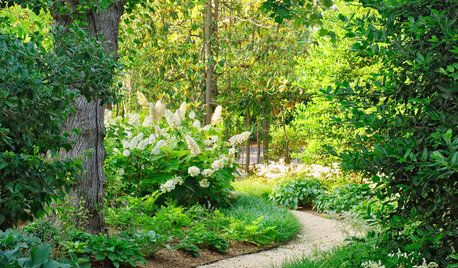
LANDSCAPE DESIGNUnwind in Your Own Private Garden Escape
When the world is getting on your last nerve, an outdoor refuge can soothe and nurture. Here's how to design a garden with relaxing in mind
Full Story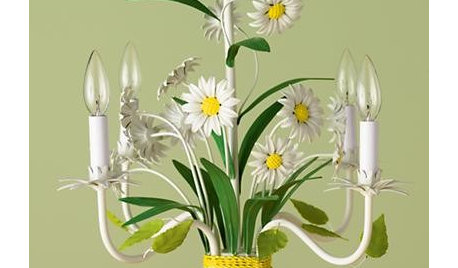
BEDROOMSGuest Picks: 20 Kids' Bedroom Chandeliers
Choose from princess-y pink, peppy mod and more for your little one's overhead lighting
Full Story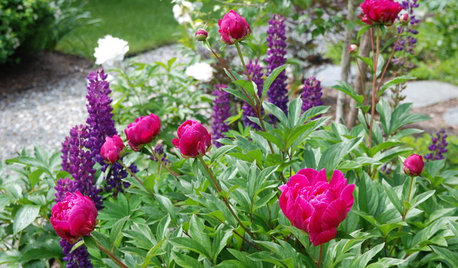
GARDENING GUIDESNortheast Gardener's June Checklist
Tote out garden ornaments, unleash your color passion and glean inspiration from the many Northeast tours
Full Story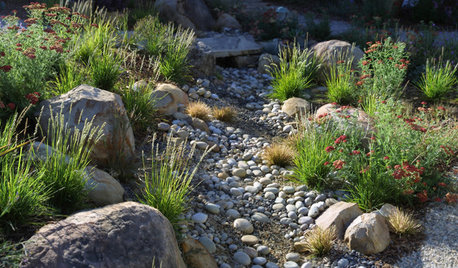
LANDSCAPE DESIGNHow to Design Your Landscape to Slow Down Water
Putting the brakes on stormwater runoff is the first step in sustainable water design
Full Story
GARDENING GUIDESNew Ways to Think About All That Mulch in the Garden
Before you go making a mountain out of a mulch hill, learn the facts about what your plants and soil really want
Full Story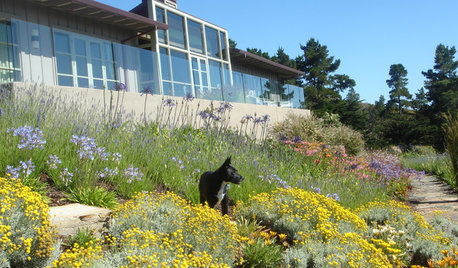
THE POLITE HOUSEThe Polite House: When the Neighbor’s Dog Meets Your Landscape
How do you navigate those difficult conversations when you don’t want people’s dogs doing their business on your plants and lawn?
Full Story
GARDENING GUIDESBackyard Birds: Invite Entertaining Hummingbirds Into Your Garden
Hummingbirds — unique to the Americas — zip through open landscapes seasonally or year-round. Here’s how to attract them
Full Story
MOST POPULARHow to Choose the Right Kitchen Sink
Learn about basin configurations, sink shapes, materials and even accessories and specialty sinks
Full Story



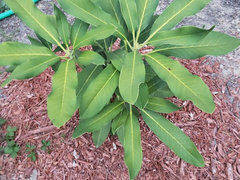
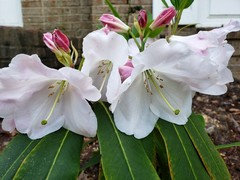
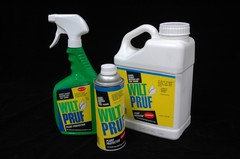
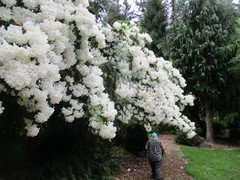
Mike McGarvey